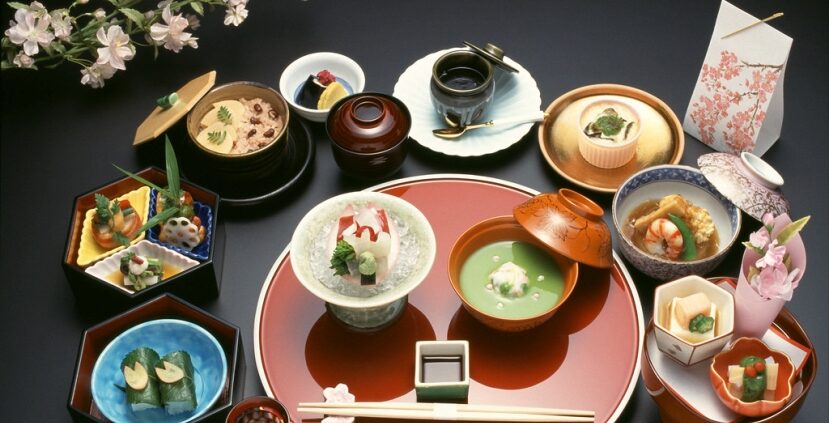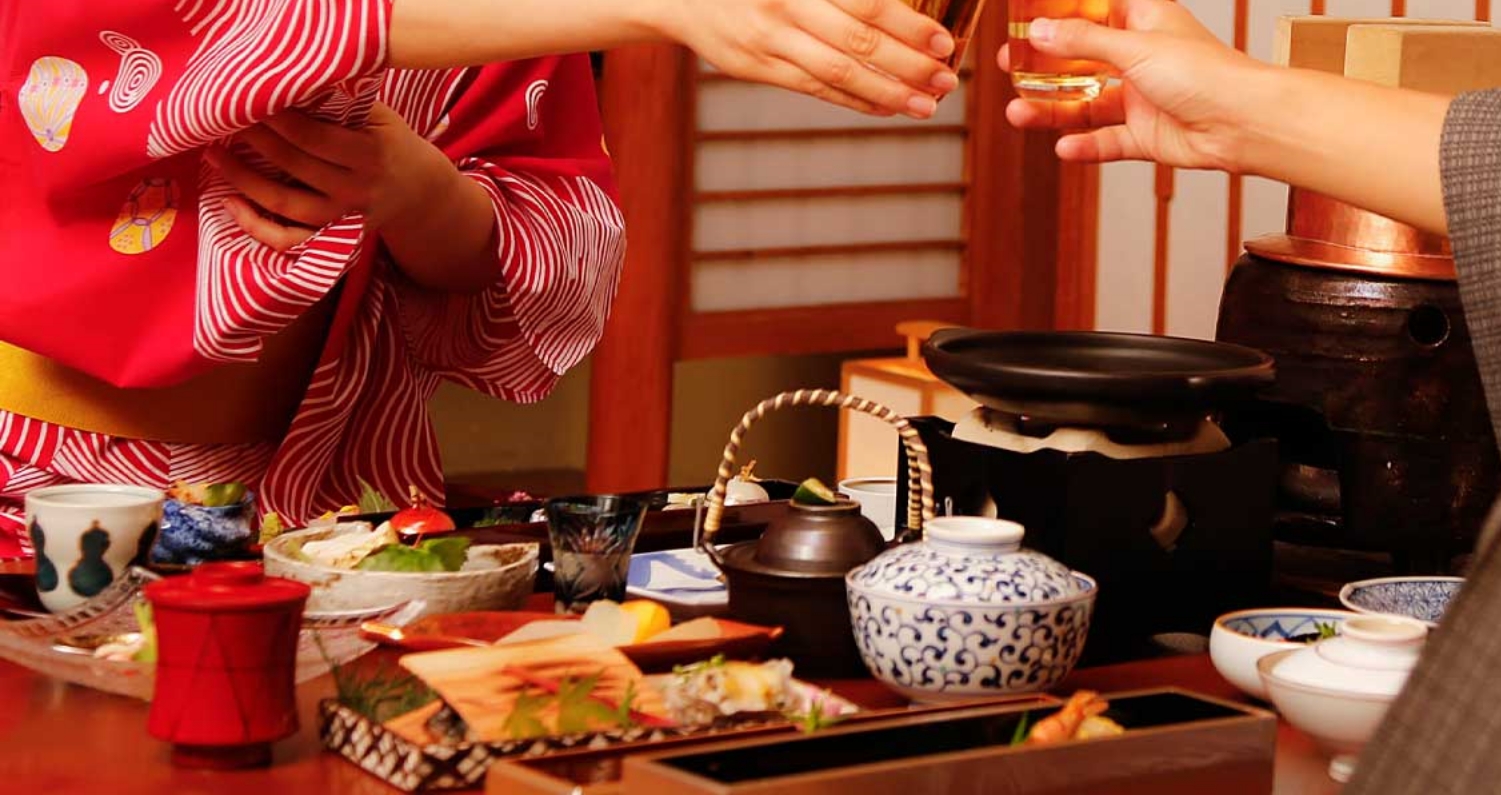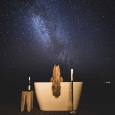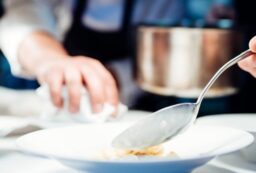
Tucked away in the heart of Tokyo’s Nishi-Azabu on the third floor of an unassuming building, is a jewel of the Japanese culinary scene. Here, every bite tells a story that speaks of history and culture. For an unforgettable exploration of Japanese Kaiseki, look no further than Ise Sueyoshi.

This exclusive Japanese restaurant in Tokyo has only five seats, so guests essentially have the restaurant all to themselves. Guests experience the legendary Japanese hospitality while dining on a multi-course Japanese cuisine. Chef Yuuki Tanaka meticulously crafts a new menu for each month and bases his recipes on seasonal ingredients available. The restaurant pays attention to every detail and has a warm and welcoming vibe with each course served by an English guide who explains the dishes and their elements.
Tanaka named this restaurant after his hometown Mie prefecture (Ise) and his father (Sueyoshi), who was also a chef. Family plays a big role at Ise Sueyoshi as Yuuki began helping his father from the age of four. Later he backpacked through 16 countries, armed with soy sauce and Kombu (edible seaweed) and worked in various restaurants. Upon returning to Japan, he worked in his family restaurant in Mie for two years before opening Ise Sueyoshi. Now Yukki and his wife Mary extend their legendary hospitality to all. Meanwhile, using the finest ingredients from Mie region, they showcase their passion for Kaiseki, one of the most important Japanese cuisines and an important element in Japanese culture.

"The food is described as ‘one of a kind’ forming pure art over 10 courses and eight sakes and ingredients from the chef’s hometown. "
Mie Prefecture has a wide range of spectacular foods and Chef Yuuki says he feels ‘blessed his hometown is so rich in amazing ingredients’. All these dishes, and the places they originate from, can be found between the pages of a glossy picture book at your table which doubles as a glossy travel guide and menu in one. Lovingly created by Yukki and Mary for the restaurant the book explains how Kuwana, famous for its beaches, is an ideal place to catch basket clam and orient clams and these are on the menu. It showcases the rice from the Iga area, where ninjas originate from, that is served as a final course with bamboo to ise ebi (Japanese spiny lobster), abalone, horned turbot and white fish. You can also find bonitos and sanma (cololabis saira) fish in the Kumano area, explains the book as well as on the plate for epicureans to try.

Learning about the origin of the ingredients from this book adds so much more to the meal, offering depth to each dish. It is the story of the food’s origin, the taste of the food and the personal hospitality that combine for a grandgastronomical experience. A sake pairing is a must to go with the courses and there is a tale behind that too. The rice wine pairs beautifully with the Kaiseki fine dining and all the while, the intimate setting means you have the full attention of the chef. Service covers the etiquette of the Japanese tea ceremony to complete the meal.

"Here, every bite tells a story as diners can relax within an intimate space, enjoying the unique ambiance and wonderful service and that legendary Japanese hospitality."
A colourful, flavourful, and educational journey awaits as the food is described as ‘one of a kind’ forming pure art over 10 courses and eight sakes. A guide explains each course in English from the akizuke (appetizer), hassun (small foods on a wooden tray), and wan (soup dishes). The restaurant serves vegetarian and vegan options like asao nori (a kind of seaweed), konjac and tofu skin instead of fish. He also uses kombu and mushrooms for both, alongside the staples of Japanese food sushi and rice.

Guests leave the restaurant with a newfound appreciation of artful dining through Kaiseki and of Yuuki and Mary, who make every guest feel welcome. This gastronomic gem has earned the acclaim of critics as well as fine diners from around the world. For a Japanese fine dining experience Ise Sueyoshi is well worth visiting on your next trip to Japan.

















